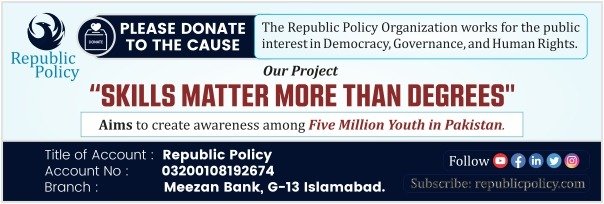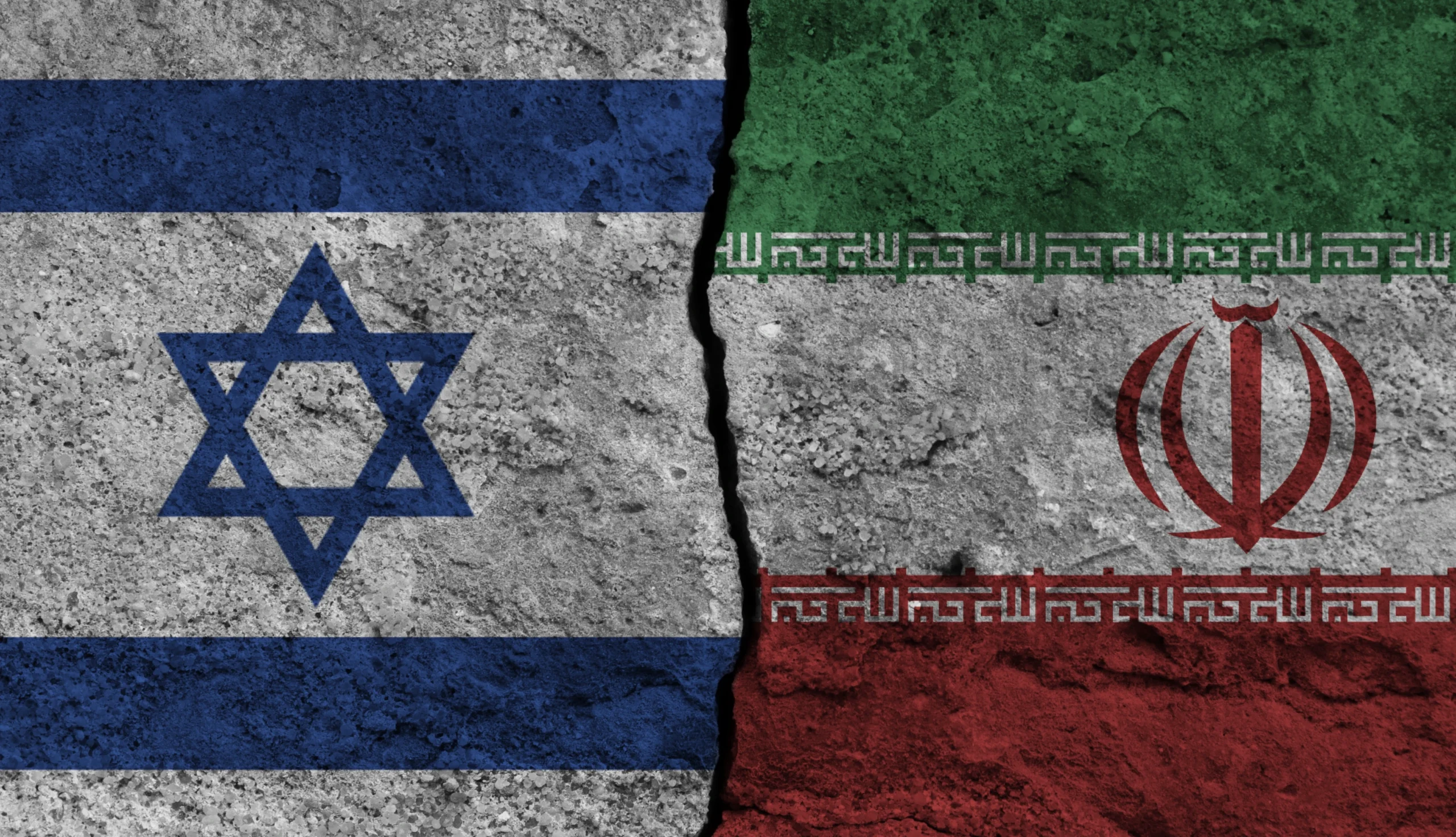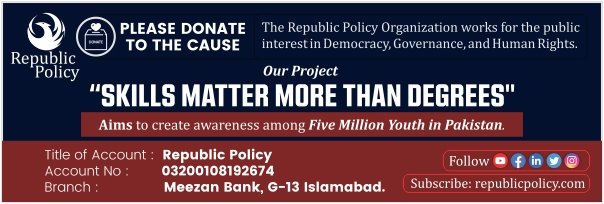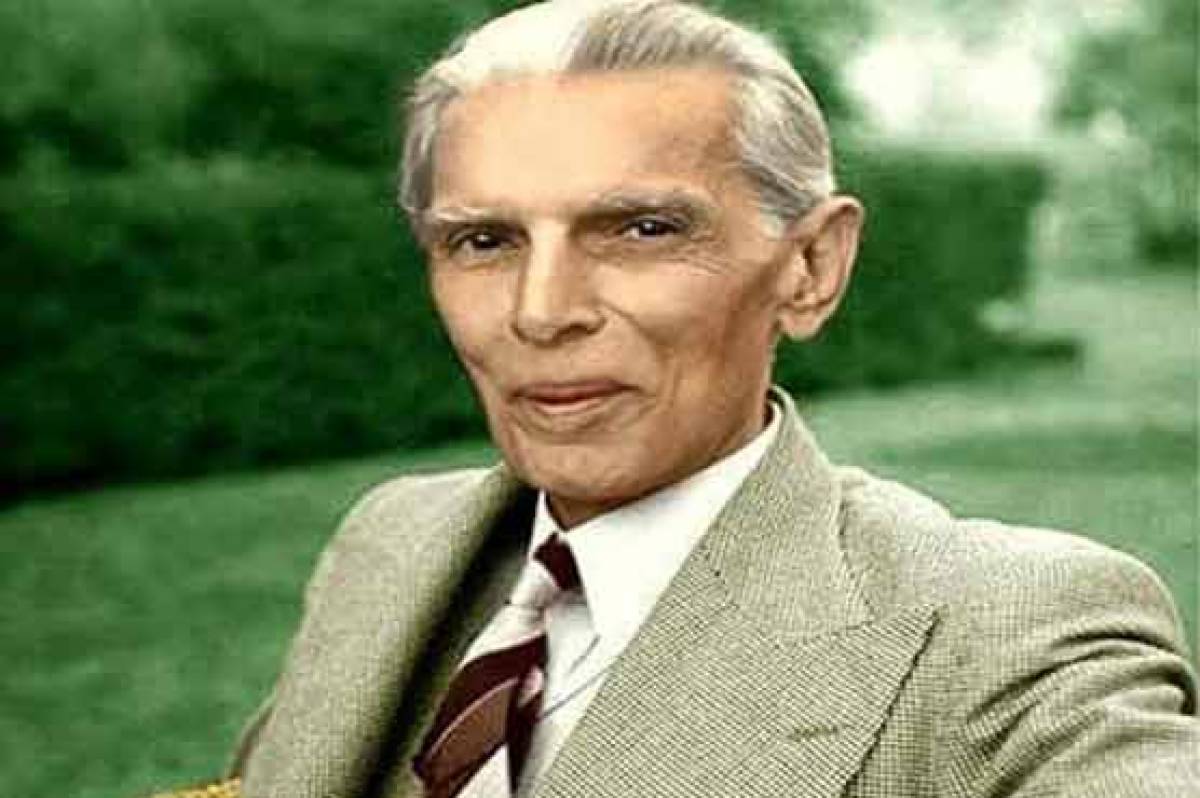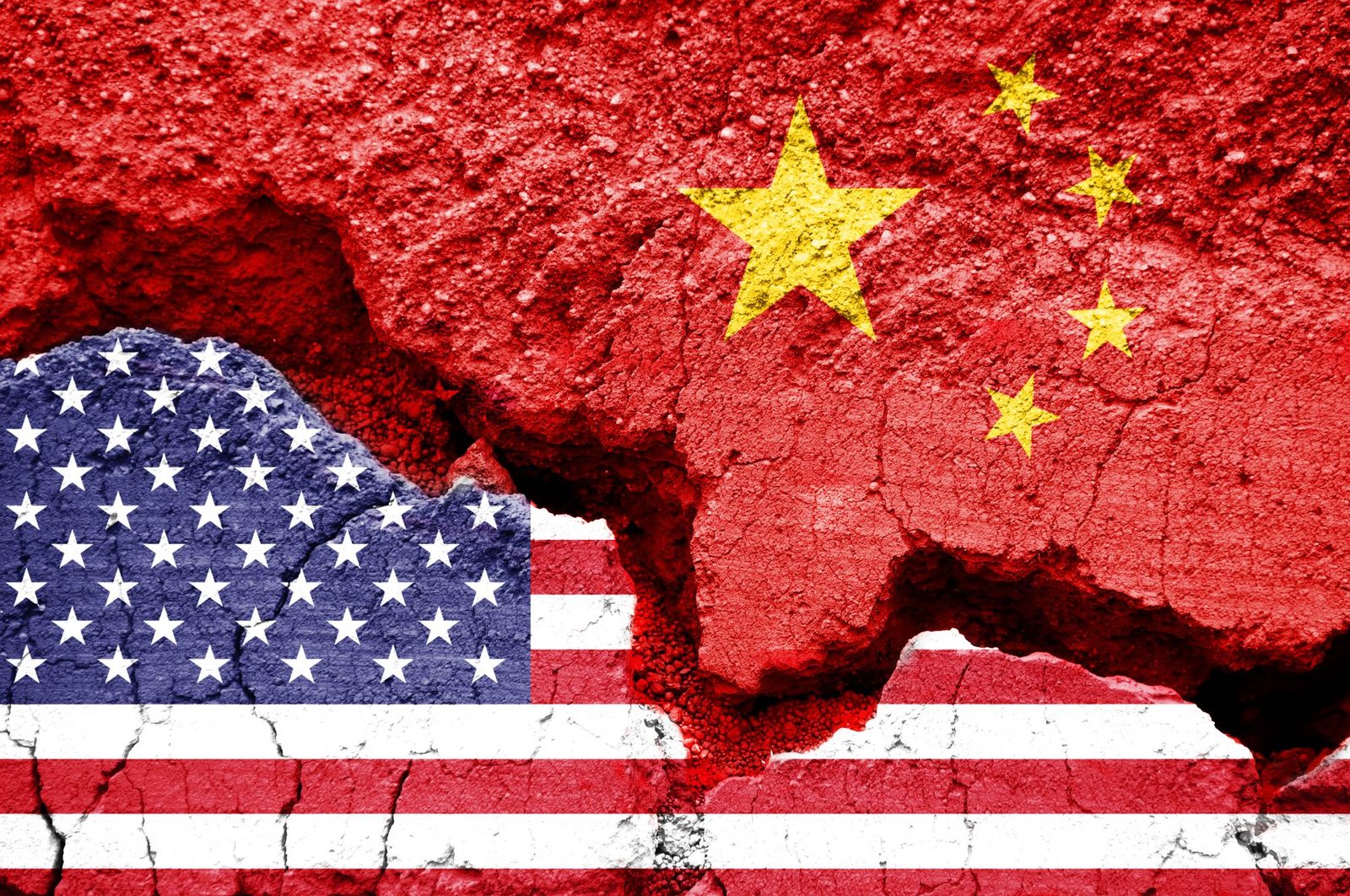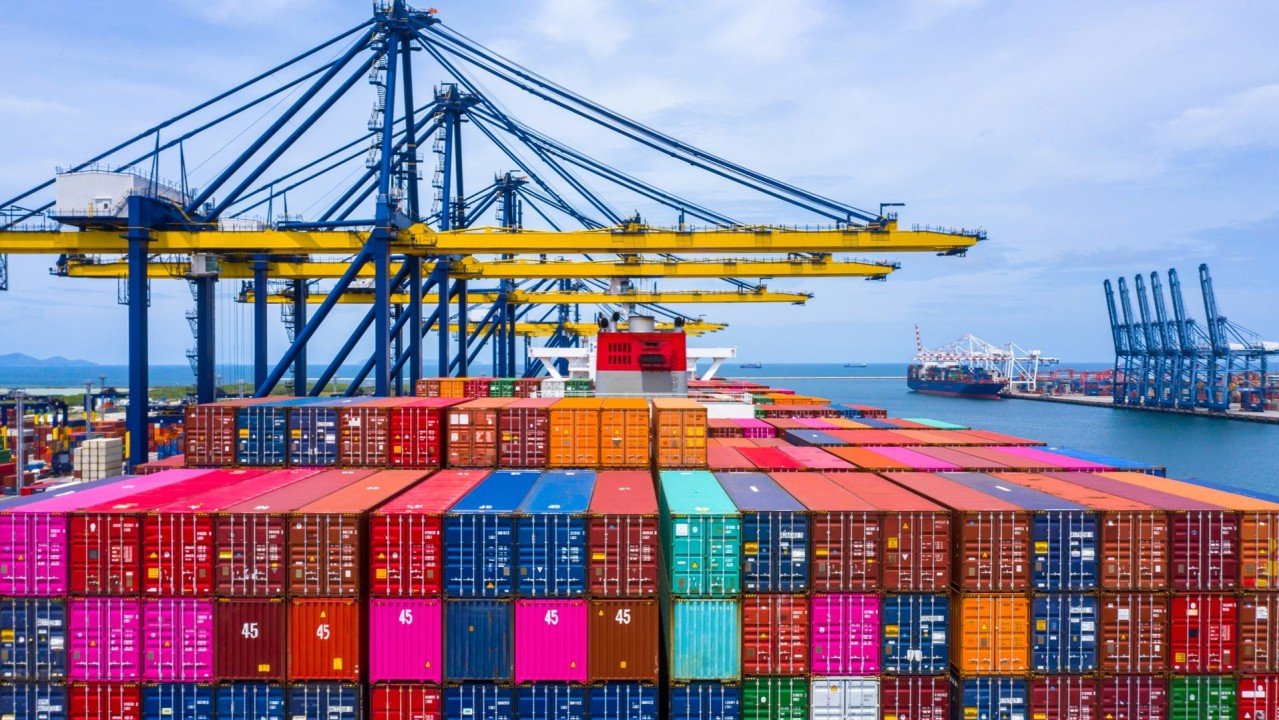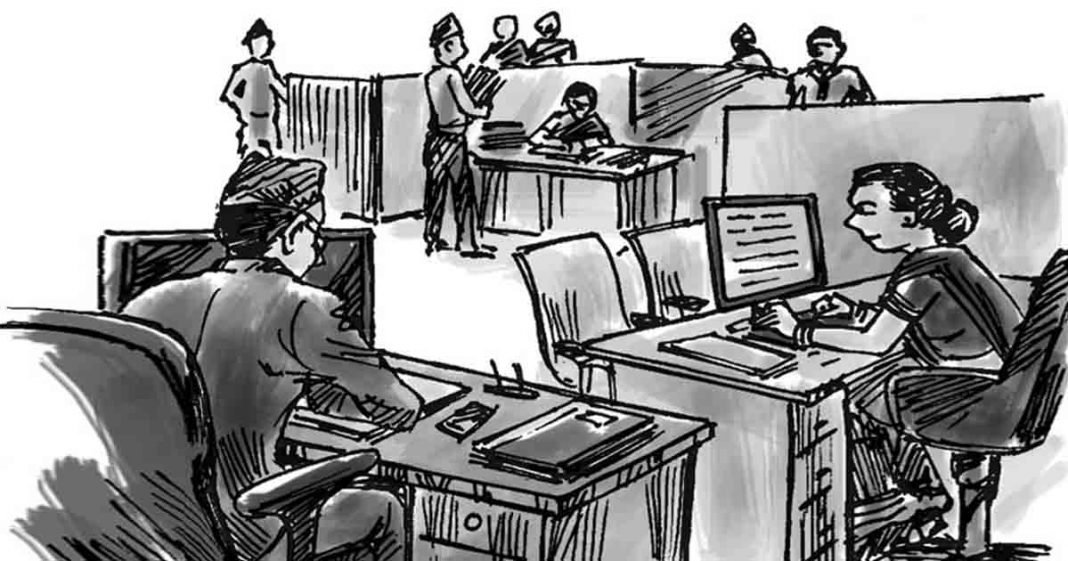Arshad Mahmood Awan
Since the 1979 Islamic Revolution, the United States, Israel, and their Western allies have relentlessly pursued the goal of toppling Iran’s Islamic government. The motivations behind this ambition are clear: Iran’s theocratic regime poses a direct ideological, geopolitical, and military challenge to the Western-led order in the Middle East. Yet, despite over four decades of sanctions, covert interventions, and strategic aggression, this objective has eluded them. The June 2025 Israeli strikes on Iran’s nuclear sites—followed by US support—represent the latest attempt in a long chain of efforts to destabilize the Islamic Republic. However, the reality on the ground suggests that not only has this strategy failed, but it may have produced unintended consequences that have further consolidated the regime’s grip on power.
The repeated use of military force under the guise of stopping Iran’s nuclear ambitions masks a deeper intention: to delegitimize and eventually dismantle the Islamic system from within. But Iran is not a fragile state governed solely by clerical authority—it is a nation with deep-rooted institutions, a strong national identity, and a population shaped by decades of defiance in the face of external pressure. Each attack, whether physical or political, has only strengthened the internal narrative that Iran is a target of imperial aggression. This fuels a collective sense of resistance that transcends political ideology and unites conservatives, reformists, and even those critical of the regime.
The most telling effect of the recent military strikes is the emergence of national solidarity across ideological divides. Reformist voices, liberal critics, and even disenchanted youth—who have frequently expressed frustration with the state—have temporarily set aside their grievances in response to foreign aggression. The regime, which often struggles with internal legitimacy, has now gained an unexpected boost in public support. This surge in unity is not driven by religious fervor alone, but by a nationalist instinct to defend sovereignty. The West continues to underestimate the Iranian people’s capacity to distinguish between internal reform and foreign subjugation. And in doing so, it misunderstands the nature of resistance that has kept the Islamic Republic intact.
The strikes on nuclear facilities are portrayed by Israel and the US as defensive actions. Yet, in strategic terms, they are a calculated attempt to maintain regional supremacy. Israel, in particular, cannot tolerate the emergence of a nuclear-capable Muslim state—especially one that openly challenges its legitimacy and military dominance in the region. However, the attacks have not neutralized Iran’s nuclear program. Instead, they have likely accelerated it. Iranian scientists and military planners now operate with greater resolve, driven by a national consensus that nuclear capability is the only credible deterrent against perpetual aggression. If the current government remains intact, and all indications suggest it will, Iran is on a trajectory to becoming a nuclear state. This outcome would fundamentally alter the balance of power in the Middle East and dismantle the illusion of Israeli invulnerability.
A core flaw in American and Israeli policy lies in their reductionist view of Iranian society. For decades, policymakers have assessed Iran solely through the lens of its ruling elite, ignoring the complexity and depth of its political and social fabric. Iran is not simply a state ruled by mullahs—it is a proud civilization with a long history of resisting foreign domination. The nationalism that fuels the Islamic Republic’s resilience is not artificial; it is born from centuries of external intervention, most notably the 1953 CIA-orchestrated coup. The regime has skillfully woven this historical memory into its political discourse, making external pressure a tool for internal consolidation.
Iran’s survival is not just institutional but ideological. Unlike many regimes in the region that function as autocratic monarchies or military dictatorships, Iran presents an alternative worldview—one that rejects the Western liberal order and proposes a model based on Islamic governance and resistance. This ideological stance has garnered support among like-minded movements across the Muslim world. The West’s repeated failures to dislodge the Iranian regime reflect a broader truth: ideologies cannot be bombed out of existence. They must be engaged, debated, and understood. Military action, no matter how precise, cannot dismantle a political philosophy rooted in identity, theology, and historical grievance.
Looking ahead, the failure to achieve regime change in Iran could have significant consequences. Iran may deepen its strategic partnerships with Russia and China, creating a bloc that counters Western influence in the region. Armed resistance movements allied with Tehran—such as Hezbollah, the Houthis, and Iraqi militias—may feel emboldened, potentially expanding their influence. Furthermore, US credibility in the Arab world, already weakened by failed wars and inconsistent policy, may erode further. These outcomes could force a profound rethinking of Western policy, especially as the traditional tools of intervention—military strikes, sanctions, and isolation—lose effectiveness.
In sum, Iran’s endurance is not an anomaly; it is a reflection of strategic miscalculations by its adversaries. The belief that the regime could be collapsed through pressure, force, or isolation has repeatedly backfired. Each failed attempt has not only reinforced the state but also strengthened the narrative of defiance that underpins it. The Islamic Republic, with all its flaws and internal contradictions, has managed to transform external threats into internal consolidation. Until the United States and Israel shift from confrontation to engagement, their strategies will continue to fall short—not just militarily, but morally and politically. Iran’s regime may not be immune to change, but that change will not come from missiles and sanctions. It will only come from within, on the terms of the Iranian people themselves.


